
A century ago, cryptologist André Langie reported about a really difficult dictionary cryptogram he had allegedly solved? Was it a strike of genius? Or was it a lie? Here is a similar challenge.
A Rubik’s Cube can be used to implement a low-tech encryption method. But is it secure? Here’s a challenge for my readers to solve.
Two years ago, I published a list of all German WW2 encryption machines I was aware of. Meanwhile, I have some new information. Here’s an update.
German adventurer and explorer Philip von Hutten (1505-1546) left behind an encrypted note that has never been deciphered. Can a reader of this blog solve this mystery?
Here are a few more encrypted texts Peter Nüchterlein, the writer-in-residence in Wernigerode, Germany, has found in a Vienna archive. Can a reader decipher them?
Italian crypto history expert Paolo Bonavoglia has forwarded me a 19th century shorthand note from Italy. Can a reader decipher it?
Two years ago, I blogged about five encrypted 19th century newspaper ads that contain Bible references. Blog reader Thomas Ernst found an interesting solution approach, but so far nobody has deciphered these cryptograms.
Peter Nüchterlein, the writer-in-residence in Wernigerode, Germany, has asked me for help. In a Vienna archive he has found over 100 encrypted documents from the Thirty Years’ War. Today, I am going to introduce five of them. Can a reader decipher them?
Can you decipher this encrypted graffiti that was found near Rome, Italy? The encryption method used looks like a Pigpen variant.
Designing a secure manual encryption algorithm is a challenge. Some cryptographers have developed ciphers that require a deck of playing cards. The best-known one of this kind is Bruce Schneier’s Solitaire. Today, I am going to introduce another one: Talon by Aaron Toponce.
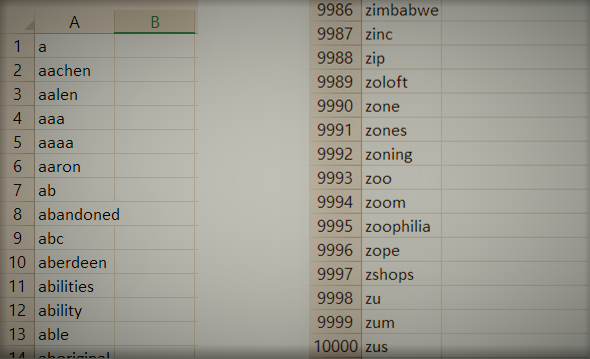
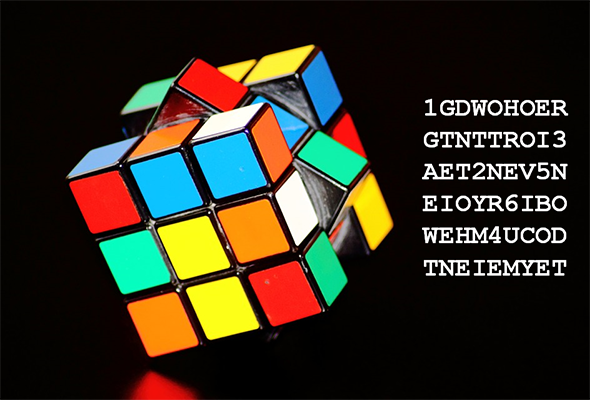
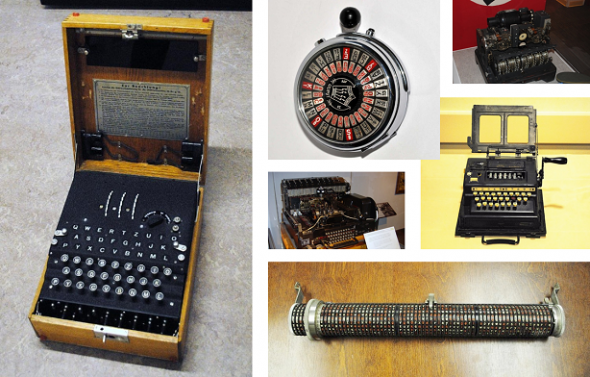
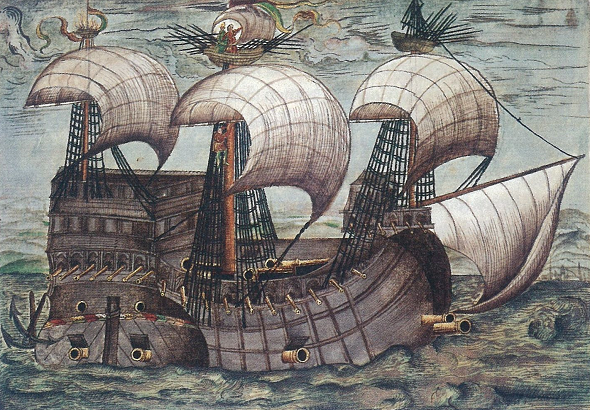
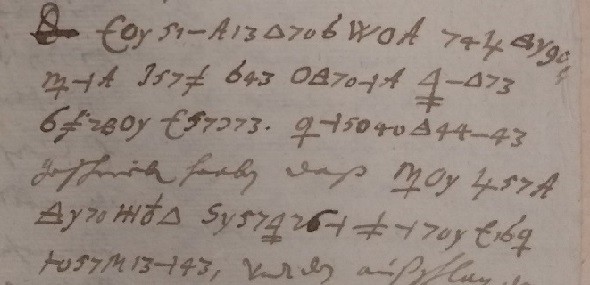
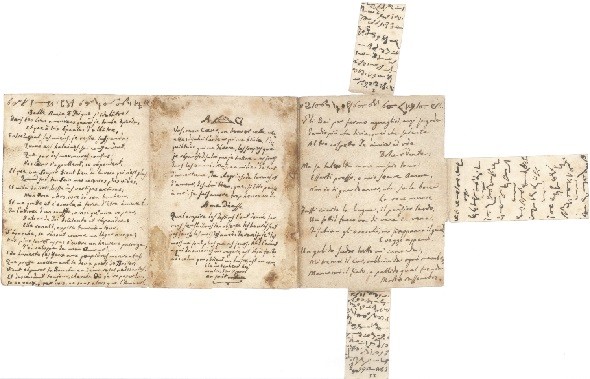

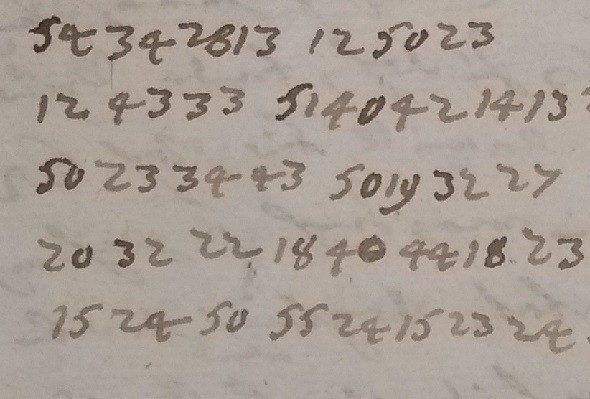
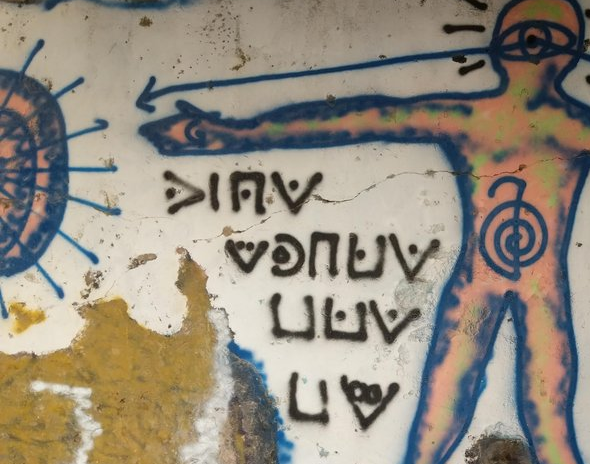


Letzte Kommentare